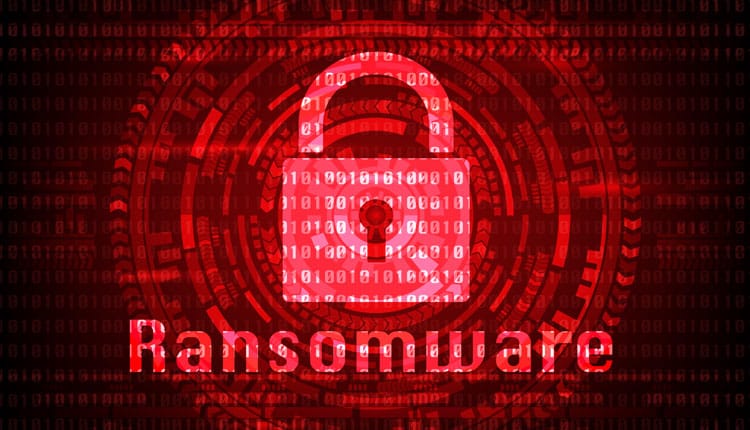Trellix, the cybersecurity company delivering the future of extended detection and response (XDR), today released The Threat Report: Fall 2022 from its Advanced Research Center, home to the world’s most elite security researchers and intelligence experts. The latest report analyzes cybersecurity trends from the third quarter of 2022.
The report includes evidence of malicious activity linked to ransomware and nation-state-backed advanced persistent threat (APT) actors. It examines malicious cyber activity including threats to email, the malicious use of legitimate third-party security tools, and more. Key findings:
U.S. Ransomware Activity Leads the Pack: In the U.S. alone, ransomware activity increased 100% quarter over quarter in transportation and shipping. Globally, transportation was the second most active sector (following telecom). APTs were also detected in transportation more than in any other sector.
Germany Saw the Highest Detections: Not only did Germany generate the most threat detections related to APT actors in Q3 (29% of observed activity), but they also had the most ransomware detections. Ransomware detections rose 32% in Germany in Q3 and generated 27% of global activity.
Emerging Threat Actors Scaled: The China-linked threat actor, Mustang Panda, had the most detected threat indicators in Q3, followed by Russian-linked APT29 and Pakistan-linked APT36.
Ransomware Evolved: Phobos, a ransomware sold as a complete kit in the cybercriminal underground, has avoided public reports until now. It accounted for 10% of global detected activity and was the second most used ransomware detected in the US. LockBit continued to be the most detected ransomware globally, generating 22% of detections.
Old Vulnerabilities Continued to Prevail: Years-old vulnerabilities continue to be successful exploitation vectors. Trellix observed Microsoft Equation Editor vulnerabilities comprised by CVE-2017-11882, CVE-2018-0798, and CVE-2018-0802 to be the most exploited among malicious emails received by customers during Q3.
Malicious Use of Cobalt Strike: Trellix saw Cobalt Strike used in 33% of observed global ransomware activity and in 18% of APT detections in Q3. Cobalt Strike, a legitimate third-party tool created to emulate attack scenarios to improve security operations, is a favorite tool of attackers who repurpose its capabilities for malicious intent.
“So far in 2022, we have seen unremitting activity out of Russia and other state-sponsored groups,” said John Fokker, Head of Threat Intelligence, Trellix. “This activity is compounded by a rise in politically motivated hacktivism and sustained ransomware attacks on healthcare and education. The need for increased inspection of cyber threat actors and their methods has never been greater.”
The Threat Report: Fall 2022 leverages proprietary data from Trellix’s sensor network, investigations into the nation-state and ransomware activity by the Trellix Advanced Research Center, and open-source intelligence. Telemetry related to the detection of threats is used for this report. Detection is when a file, URL, IP address, suspicious email, network behavior, or other indicator is detected and reported via the Trellix XDR platform.



